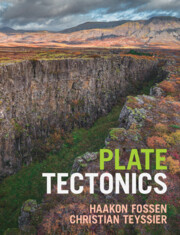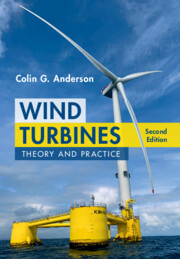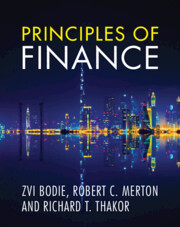Refine search
Actions for selected content:
37953 results in Cambridge Textbooks
1 - Newtonian Dynamics
-
- Book:
- Celestial and Stellar Dynamics
- Published online:
- 16 January 2025
- Print publication:
- 30 January 2025, pp 1-16
-
- Chapter
- Export citation
Index
-
- Book:
- Celestial and Stellar Dynamics
- Published online:
- 16 January 2025
- Print publication:
- 30 January 2025, pp 229-232
-
- Chapter
- Export citation
I - 1750–1819: The Ends of the Ancien Régime
-
- Book:
- Modern Britain, 1750 to the Present
- Published online:
- 14 January 2025
- Print publication:
- 30 January 2025, pp 1-110
-
- Chapter
- Export citation
Further Reading, Bibliography, and Figure Credits
-
- Book:
- Celestial and Stellar Dynamics
- Published online:
- 16 January 2025
- Print publication:
- 30 January 2025, pp 222-228
-
- Chapter
- Export citation
9 - The Rise of the Mass
- from III - 1885–1931: The Crises of Liberalism
-
- Book:
- Modern Britain, 1750 to the Present
- Published online:
- 14 January 2025
- Print publication:
- 30 January 2025, pp 305-348
-
- Chapter
- Export citation
11 - Social Democracy and the Cold War
- from IV - 1931–76: Society Triumphant
-
- Book:
- Modern Britain, 1750 to the Present
- Published online:
- 14 January 2025
- Print publication:
- 30 January 2025, pp 396-434
-
- Chapter
- Export citation
Textboxes
-
- Book:
- Modern Britain, 1750 to the Present
- Published online:
- 14 January 2025
- Print publication:
- 30 January 2025, pp xviii-xix
-
- Chapter
- Export citation
3 - Resonances and Chaos
-
- Book:
- Celestial and Stellar Dynamics
- Published online:
- 16 January 2025
- Print publication:
- 30 January 2025, pp 41-62
-
- Chapter
- Export citation
Chapter Twelve - The Future of Memory Research
-
- Book:
- Cognitive Neuroscience of Memory
- Published online:
- 12 June 2025
- Print publication:
- 30 January 2025, pp 284-302
-
- Chapter
- Export citation
Contents
-
- Book:
- Modern Britain, 1750 to the Present
- Published online:
- 14 January 2025
- Print publication:
- 30 January 2025, pp vii-x
-
- Chapter
- Export citation
Glossary
-
- Book:
- Modern Britain, 1750 to the Present
- Published online:
- 14 January 2025
- Print publication:
- 30 January 2025, pp 536-558
-
- Chapter
- Export citation
III - 1885–1931: The Crises of Liberalism
-
- Book:
- Modern Britain, 1750 to the Present
- Published online:
- 14 January 2025
- Print publication:
- 30 January 2025, pp 225-348
-
- Chapter
- Export citation

Plate Tectonics
-
- Published online:
- 24 January 2025
- Print publication:
- 05 December 2024
-
- Textbook
- Export citation

Wind Turbines
- Theory and Practice
-
- Published online:
- 24 January 2025
- Print publication:
- 19 December 2024
-
- Textbook
- Export citation

Principles of Finance
-
- Published online:
- 23 January 2025
- Print publication:
- 13 February 2025
-
- Textbook
- Export citation
List of Abbreviations
-
- Book:
- Homer: Odyssey Book IX
- Published online:
- 01 April 2025
- Print publication:
- 23 January 2025, pp x-x
-
- Chapter
- Export citation
4 - Digital Information Sources
-
- Book:
- Fundamentals of Digital Communication Systems
- Published online:
- 10 March 2025
- Print publication:
- 23 January 2025, pp 138-161
-
- Chapter
- Export citation
Dedication
-
- Book:
- Homer: Odyssey Book IX
- Published online:
- 01 April 2025
- Print publication:
- 23 January 2025, pp v-vi
-
- Chapter
- Export citation
Subject Index
-
- Book:
- Homer: Odyssey Book IX
- Published online:
- 01 April 2025
- Print publication:
- 23 January 2025, pp 255-258
-
- Chapter
- Export citation
Sigla
-
- Book:
- Homer: Odyssey Book IX
- Published online:
- 01 April 2025
- Print publication:
- 23 January 2025, pp 72-72
-
- Chapter
- Export citation
